The red-cockaded woodpecker, once on the brink of extinction, is making a notable comeback in the longleaf pine forests of Louisiana’s Kisatchie National Forest. Thanks to decades of conservation work, this small, distinctive bird is reestablishing its presence in Vernon Parish and beyond.
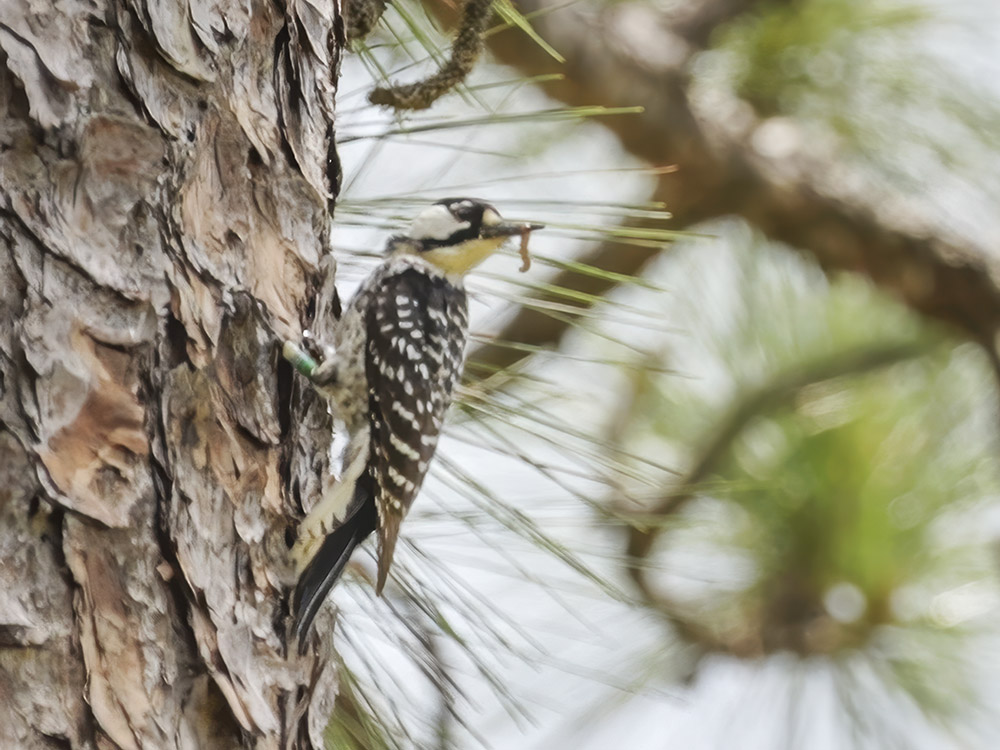
a comeback in louisiana’s longleaf pines
On a recent morning, biologists ventured deep into Kisatchie, down a gravel road lined with towering longleaf pines, to check on the newest generation of woodpeckers. U.S. Forest Service biologist Matt Pardue peered at a tiny video screen connected to a camera mounted on an extension pole. “There’s the two chicks there, and they look about seven days old,” he observed, as the camera peeked inside a nest cavity some 25 feet above the ground.
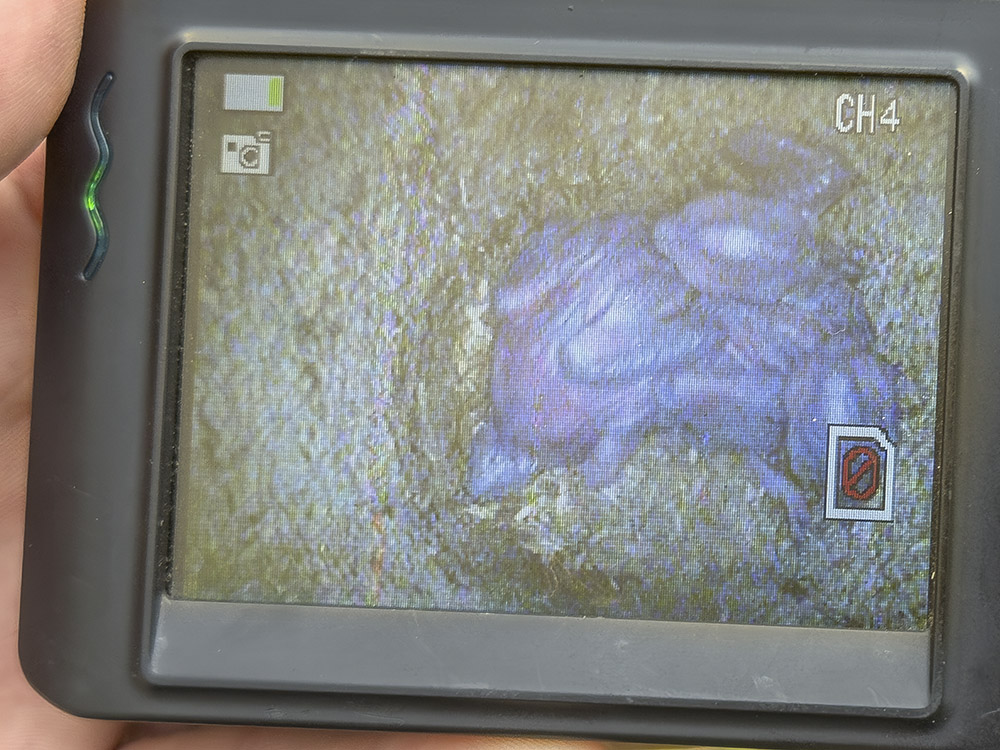
Meanwhile, biologist Christian Cobb climbed the tree using a harness and ladder. “They make a lot of noise and kind of act like they’re gonna do something,” Cobb said of the parent woodpeckers, “but they never get close to you.”
banding red-cockaded woodpecker chicks
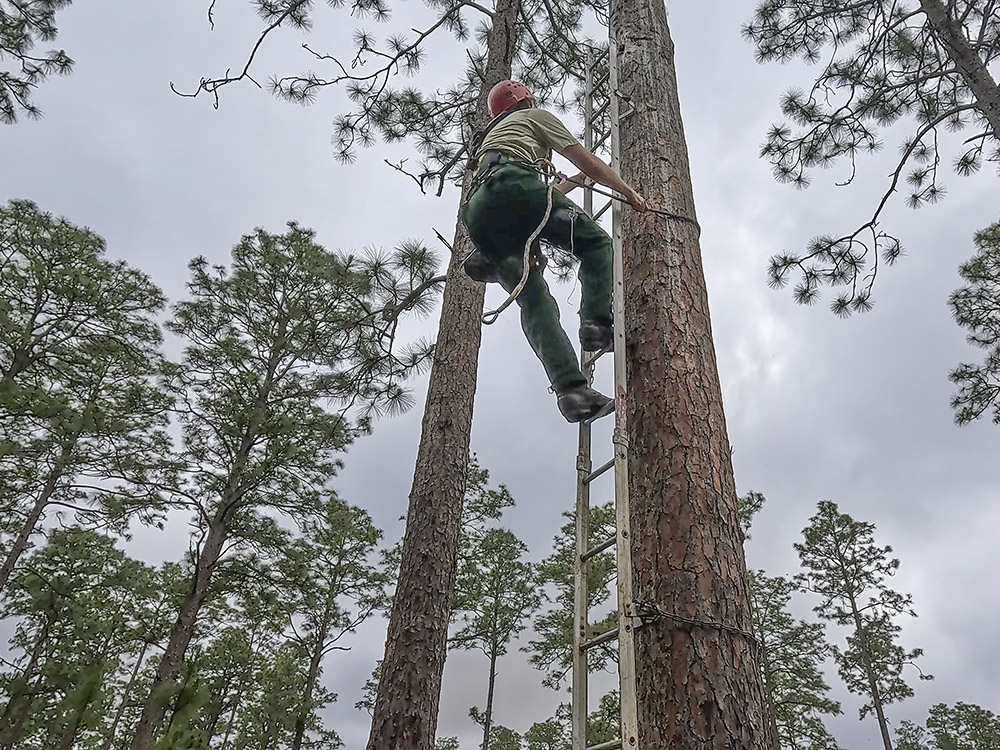
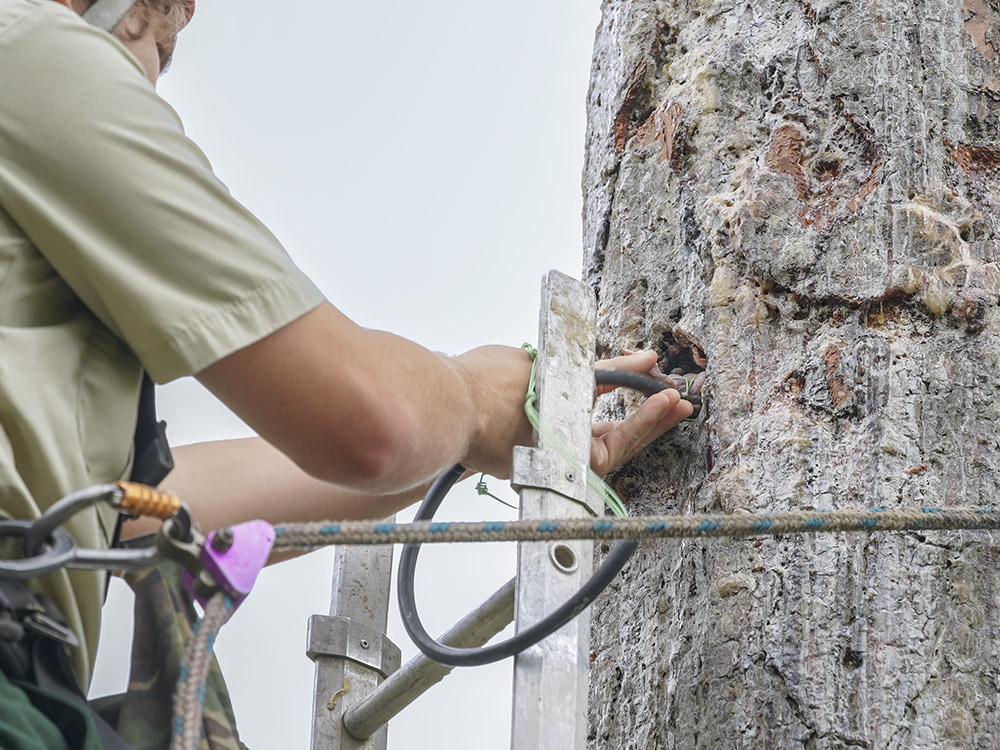
The delicate task of banding begins with covering the circular nest hole, tricking the chicks into thinking a parent has arrived with food. Cobb then gently removes a chick with a specialized loop, lowers it to the ground in a pouch, and Pardue quickly examines it. “You can see his eyes trying to open,” Pardue noted. “That’s a typical characteristic of an eight-day-old chick.” Color-coded bands are slipped onto the tiny legs to help track the bird throughout its life.
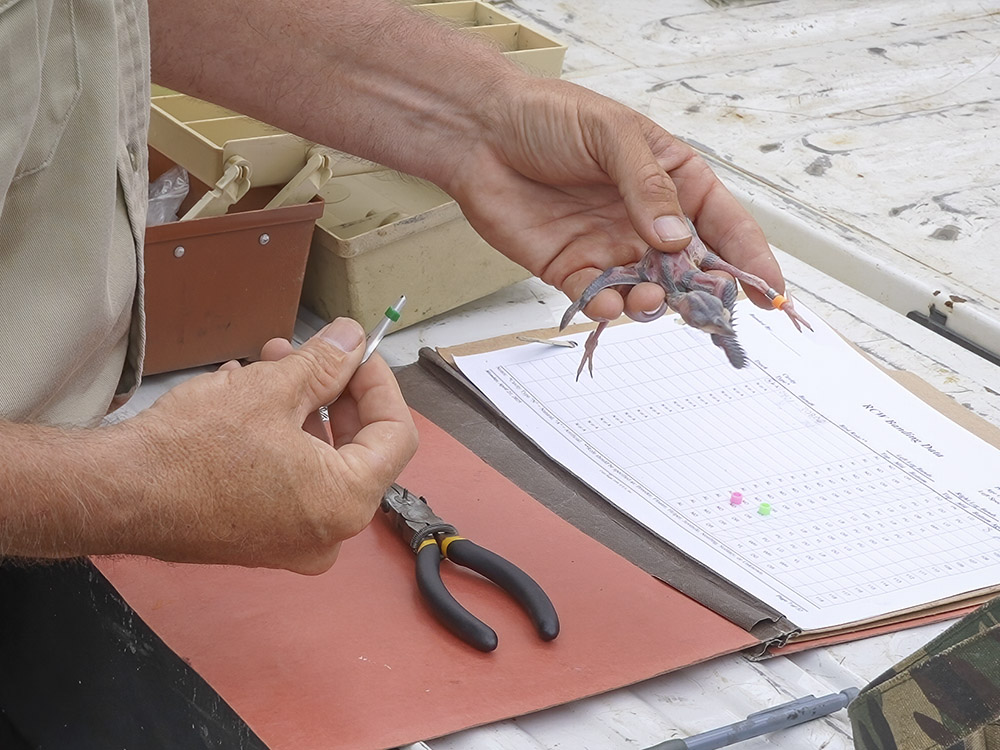
no longer endangered
The federal government declared the red-cockaded woodpecker endangered in the 1970s, as logging, agriculture, and development devastated its longleaf pine habitat. But more than 50 years of conservation efforts have reversed that trend. “We’ve tracked ’em in movements as far as a couple of hundred miles,” said Jason Nolde, district ranger at Kisatchie, noting sightings as far away as Arkansas.
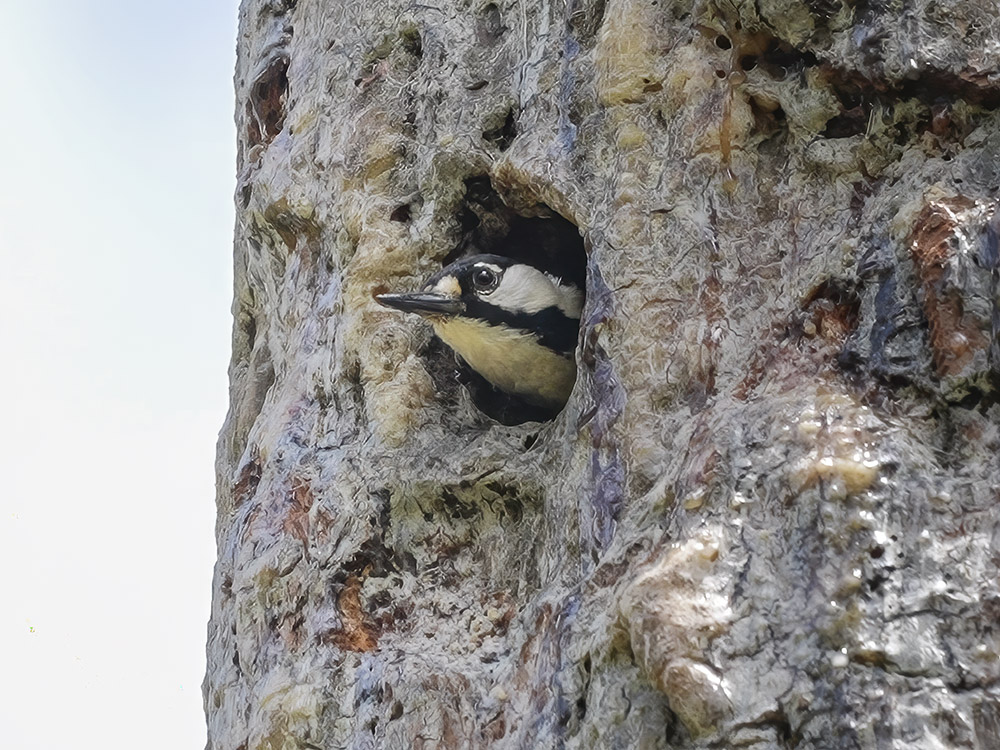
banding red-cockaded woodpecker featured on tv
In 2024, the bird’s status was officially down-listed from endangered to threatened, reflecting a fivefold increase in their nesting clusters since the 1970s. “The red-cockaded woodpecker is an indicator that we’re doing what we need to do with longleaf,” Nolde explained.
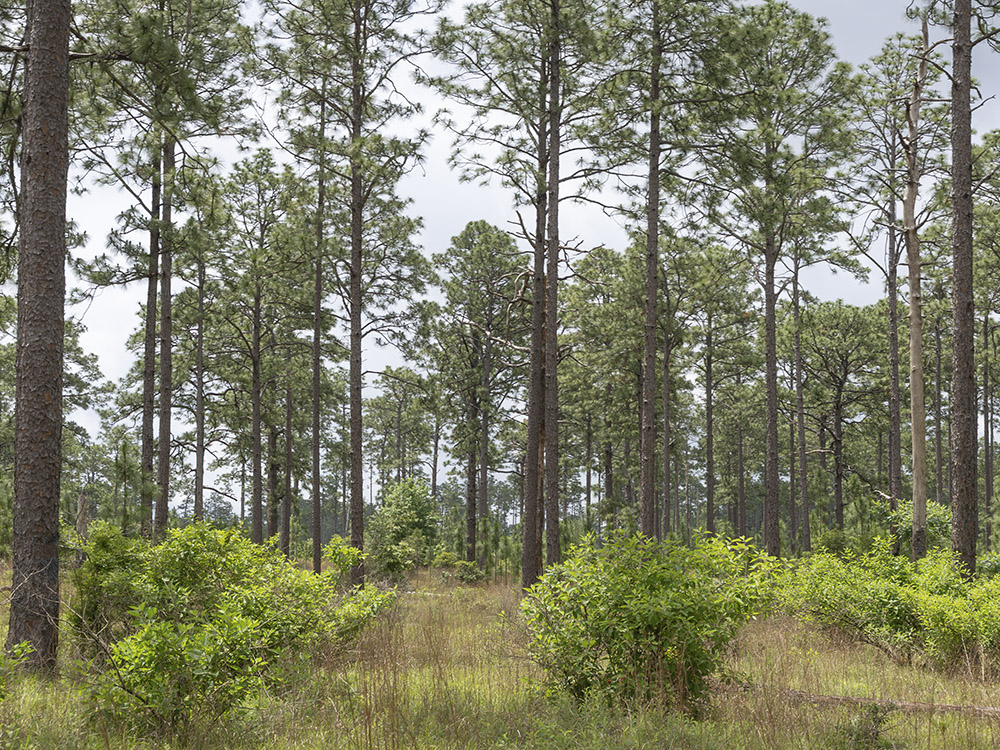
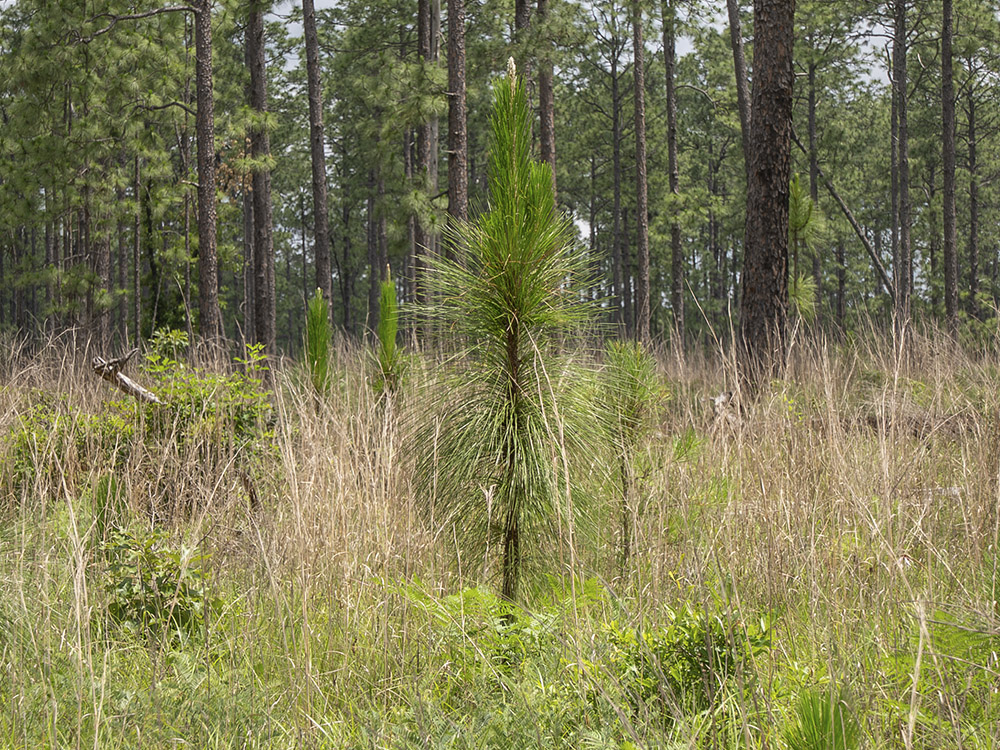
You can hear the tiny birds chirping in their small nest sculpted into the trunk of a towering longleaf pine tree. These trees provide the good bugs that are important to the diet of the red-cockaded woodpecker. “They’ve gotta feed these young birds that we’ve banded today,” said Nolde, underscoring the connection between a healthy forest and the threatened bird species.

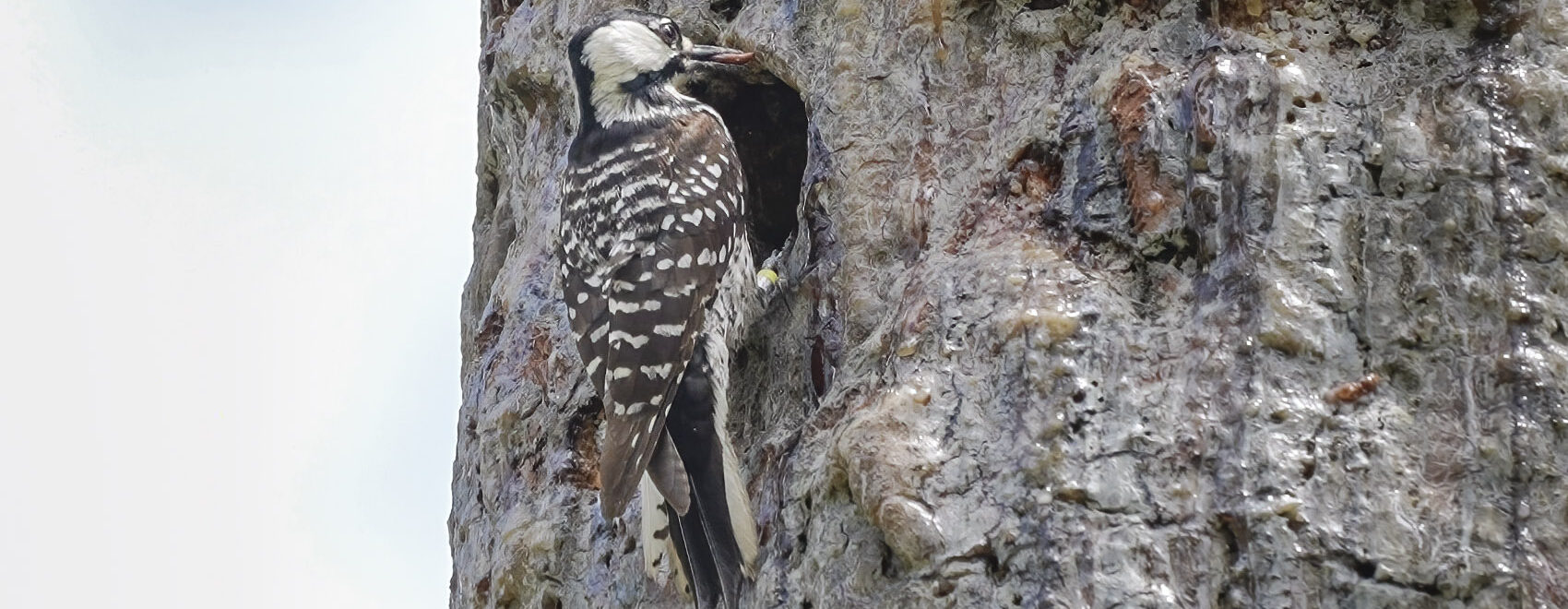
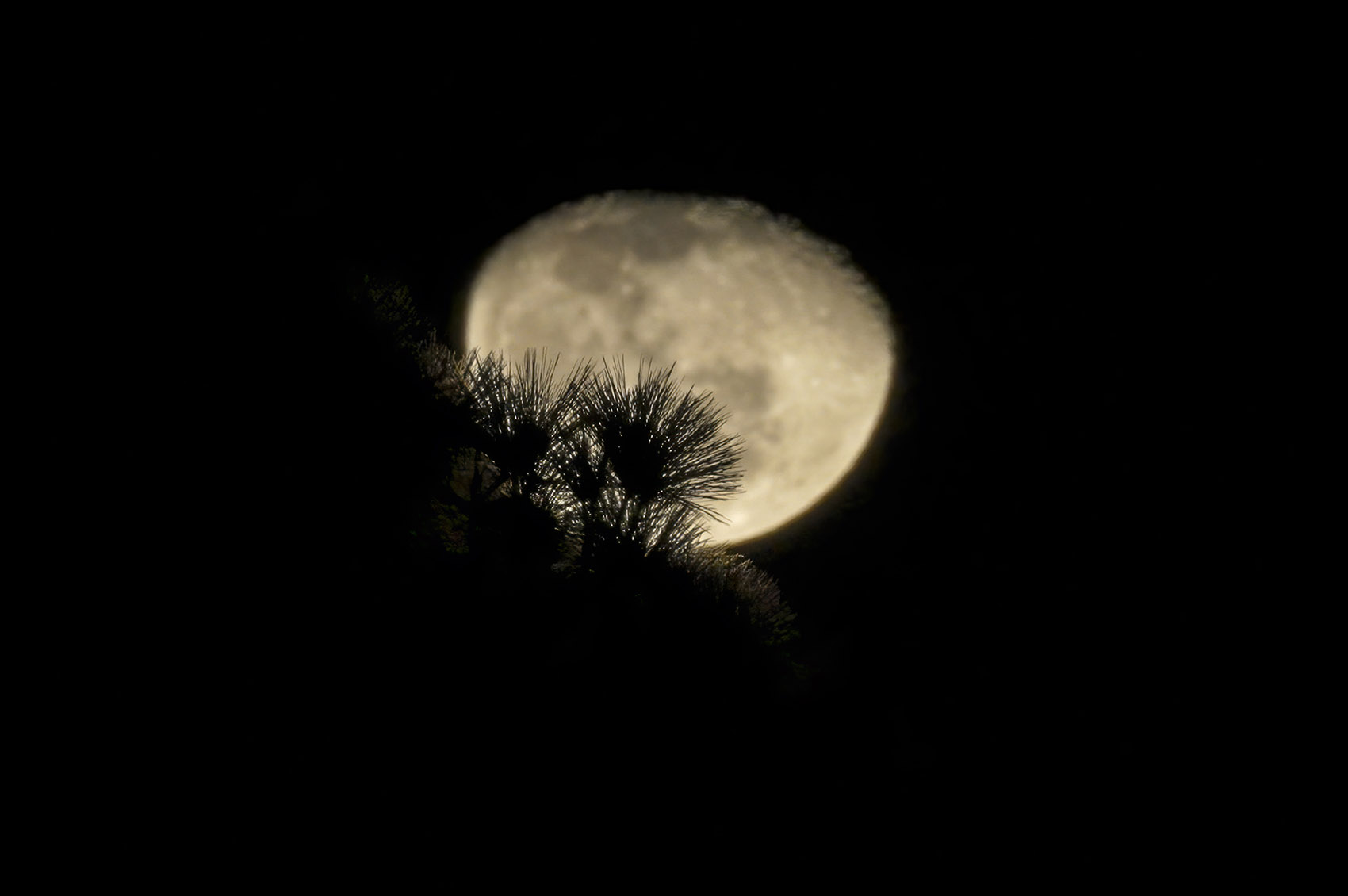
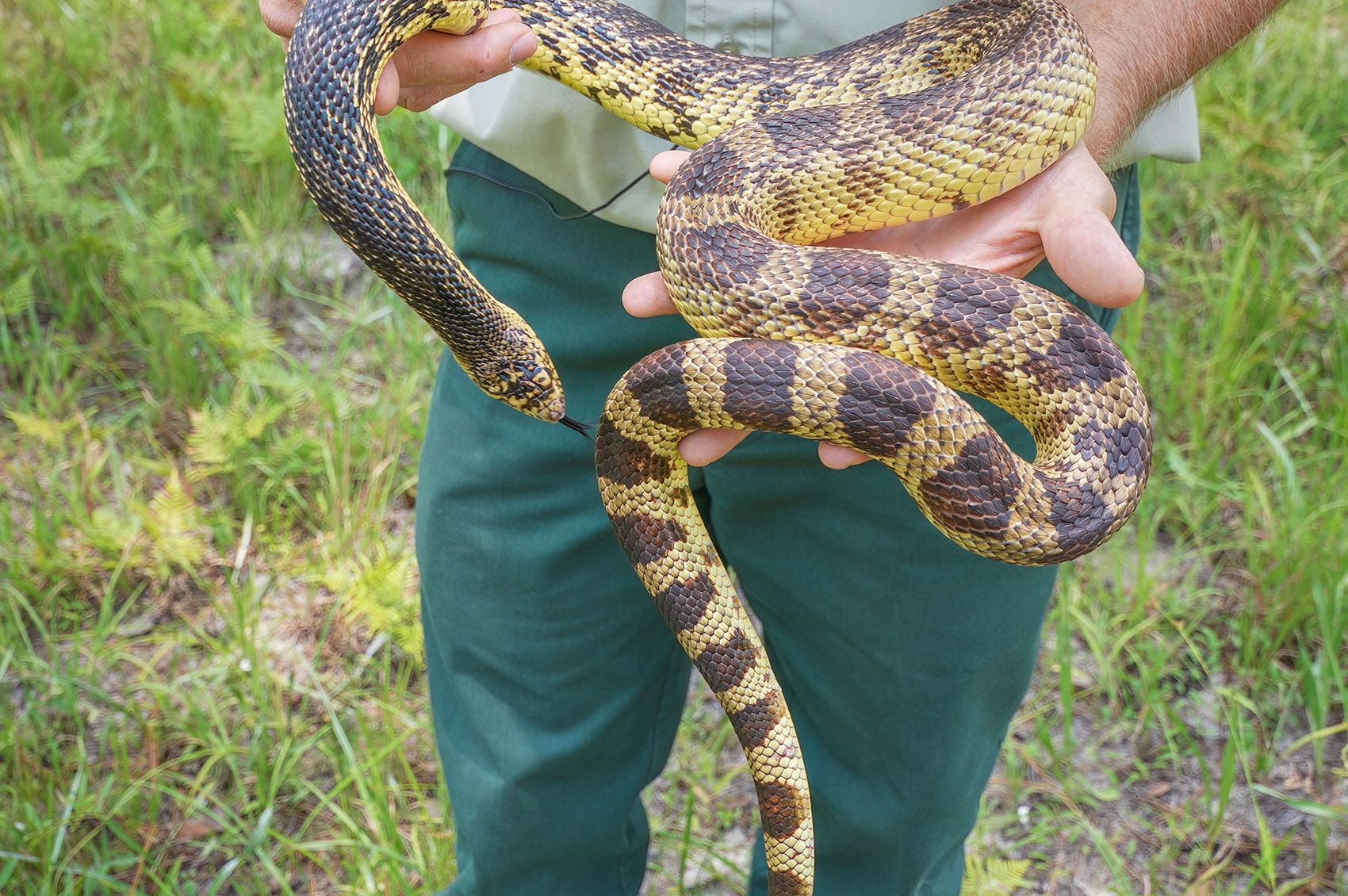
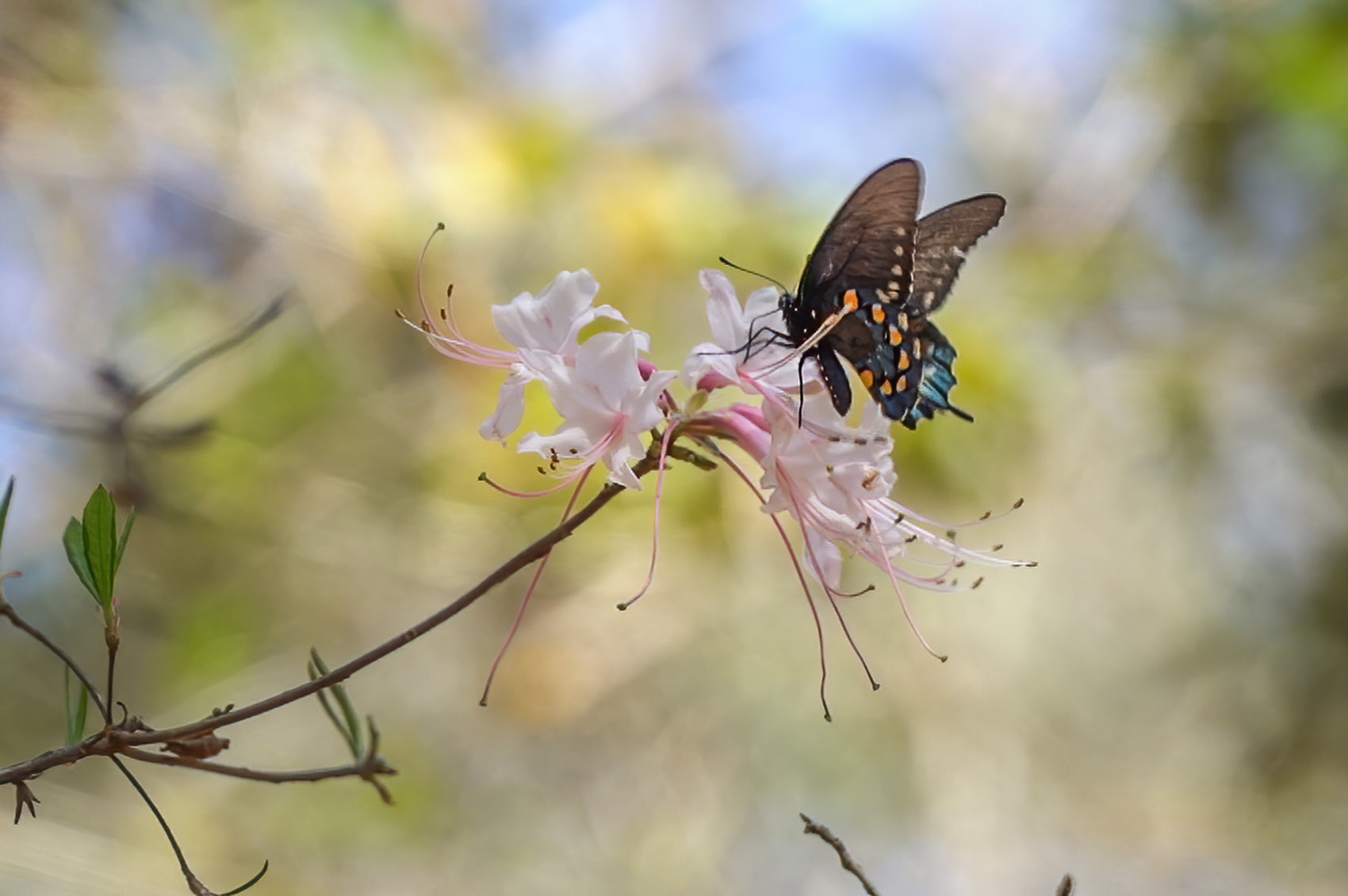
Leave a Reply